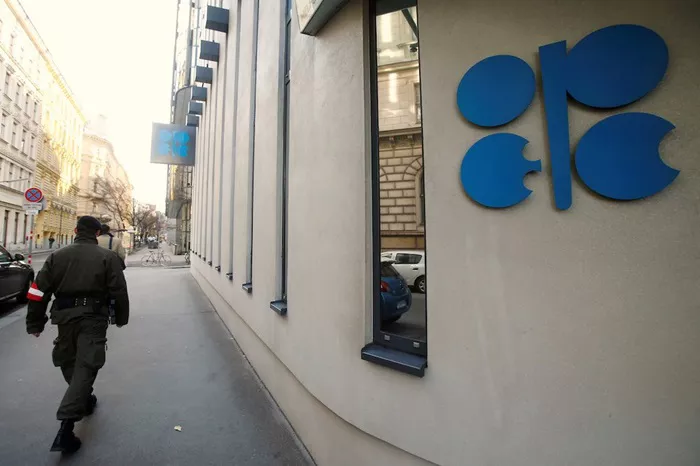The oil market is facing considerable instability, with OPEC+ grappling to maintain price stability. Meanwhile, U.S. gas prices have seen a dramatic decline, providing relief for consumers but raising concerns within the oil-producing coalition.
U.S. gas prices fell to a six-month low, averaging $3.31 per gallon, a 50-cent decrease compared to the same period last year, according to AAA. In ten states, including Texas, Kentucky, and Kansas, prices have dropped below $3 per gallon. Andy Lipow, president of Lipow Oil Associates, forecasts that nine more states will likely see prices fall below this threshold within the next two weeks.
Data from OPIS reveals that nearly 41,000 of the nation’s 130,000 gas stations are now offering prices below $3 per gallon, a significant increase from fewer than 100 stations at this time last year. GasBuddy’s Patrick De Haan predicts that by Thanksgiving, up to 40 states could experience similar reductions, potentially alleviating consumer financial strain and contributing to a slowdown in inflation. This could influence the Federal Reserve to consider lowering interest rates.
The drop in gas prices might also impact the upcoming November election, as voters assess the current administration’s economic performance. Lower gas prices in key battleground states such as Arizona, Nevada, and Georgia could benefit Vice President Kamala Harris’s electoral prospects.
Despite OPEC+ efforts to stabilize the market, oil prices remain weak due to concerns over sluggish demand in China and record-high production levels in the United States. OPEC+, led by Saudi Arabia and Russia, recently abandoned plans to increase supply starting October 1, but this move did little to boost oil prices, which closed Thursday at $69.15 per barrel, the lowest since December.
Bob McNally, founder of Rapidan Energy Group, observed that the market remains bearish with expectations for further declines in gas prices. He dismissed speculation that OPEC+ decisions were influenced by the U.S. political calendar.
The oil market’s volatility means that any disruption in Middle Eastern supply or escalation in the Russia-Ukraine conflict could potentially reverse the current downward trend in gas prices.
Former President Trump has promised to reduce gas prices to below $2 per gallon. However, experts like Tom Kloza of the Oil Price Information Service warn that such predictions are unrealistic without a severe economic downturn. U.S. oil production currently stands at 13.4 million barrels per day, surpassing levels seen during Trump’s presidency. Trump’s reference to the ultra-low gas prices of $1.87 per gallon during the height of the Covid-19 pandemic highlights a period of drastically reduced demand, a scenario experts agree no one wishes to revisit.
Related topic:
Why Is Diesel Fuel More Expensive Than Gasoline?

